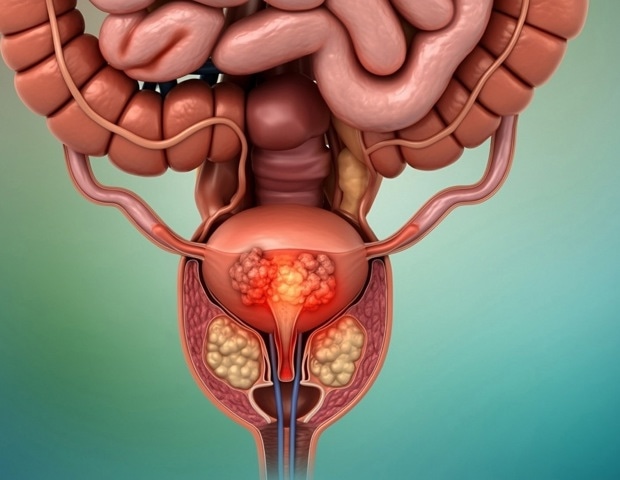Current prostate specific antigen (PSA) testing “may not effectively target testing to those most likely to benefit, raising concerns about overtesting” warn researchers from the University of Oxford in a study of over 10 million…
Author: admin
-
A long ‘journey’ for Nobel chemistry winner born to Palestinian refugees – The Washington Post
- A long ‘journey’ for Nobel chemistry winner born to Palestinian refugees The Washington Post
- What to Know About the 2025 Nobel Prizes The New York Times
- What is the Nobel Peace Prize and could Donald Trump get it? What to know about the…
Continue Reading
-
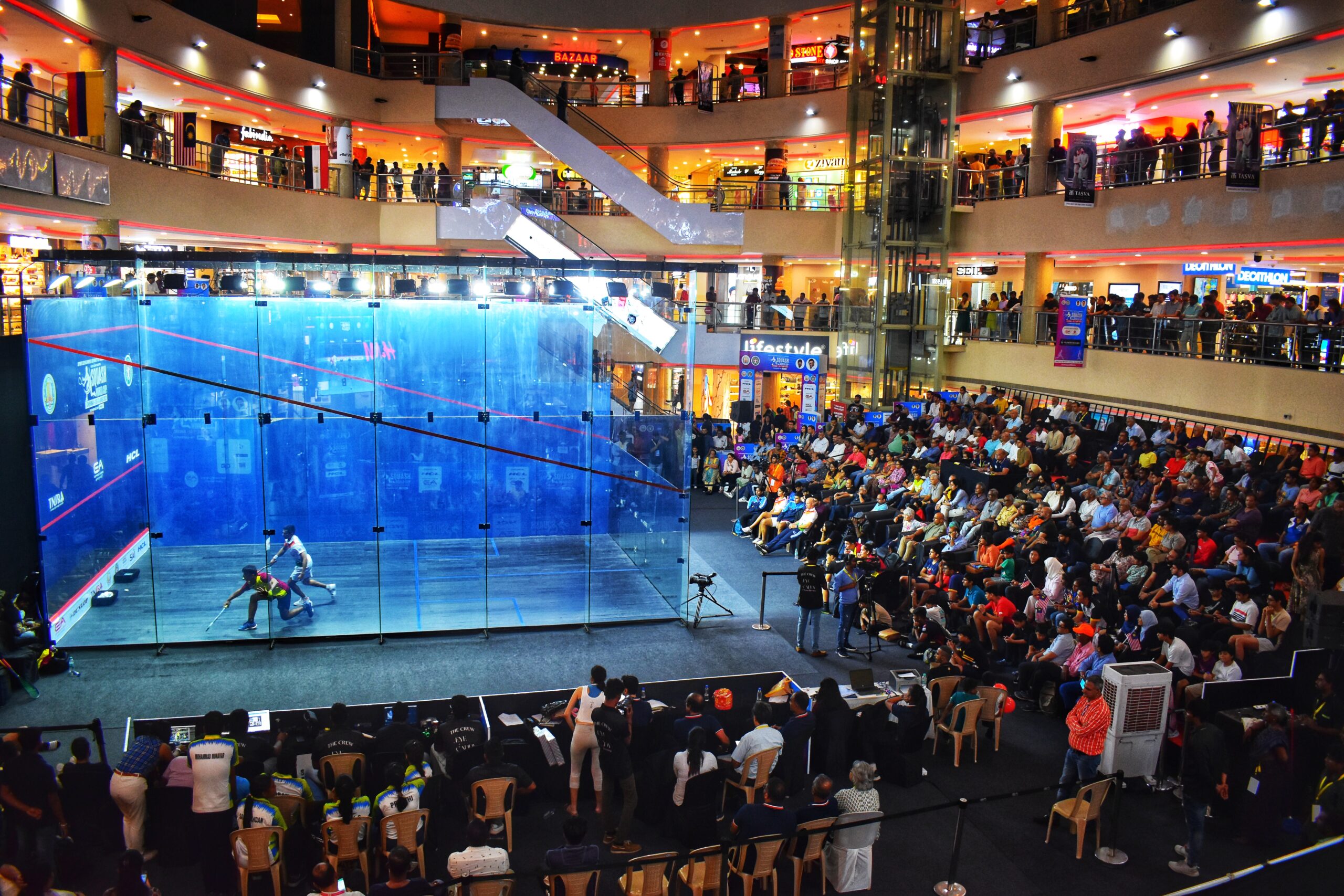
Two months to go until the 2025 SDAT Squash World Cup
It is two months until the SDAT Squash World Cup will return to Chennai, India, this year with the Squash Rackets Federation of India (SRFI) set to host the championships from December 9-14.
The returning tournament in Chennai will follow…
Continue Reading
-
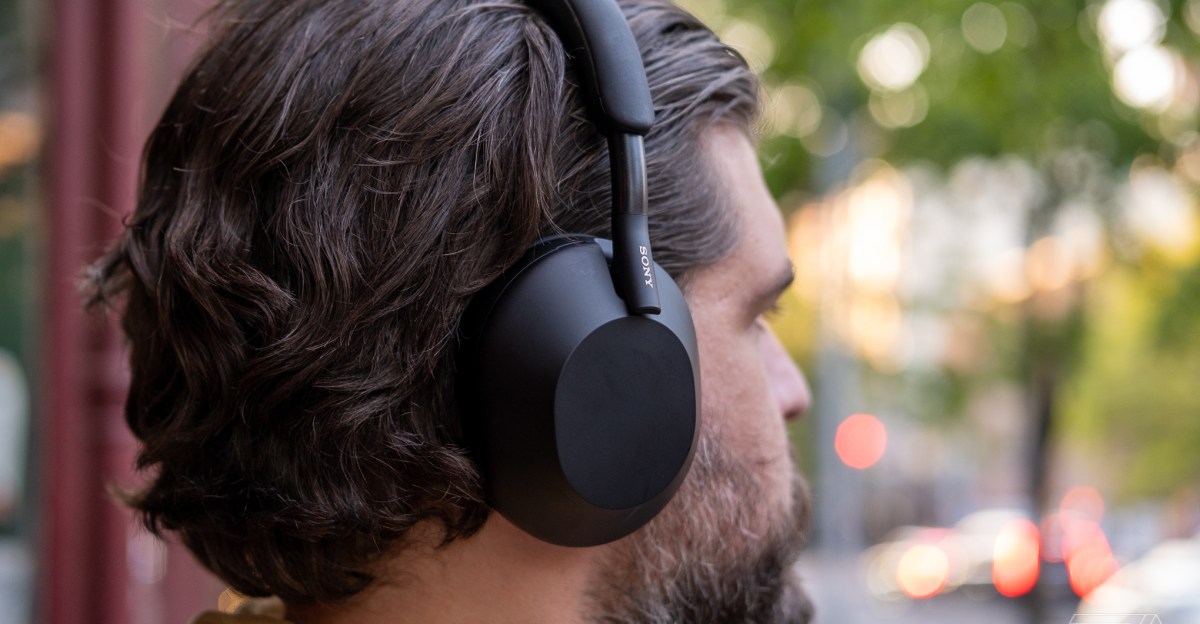
Sony’s noise-canceling XM5 headphones are a Prime Day steal at $150 off
While the WH-1000XM6 are the top dog in Sony’s lineup, the discount for Prime Big Deal Days is relatively modest at just $21 off. If you don’t need the latest tech, though, you can save a lot more by grabbing the last-gen WH-1000XM5 in black,…
Continue Reading
-
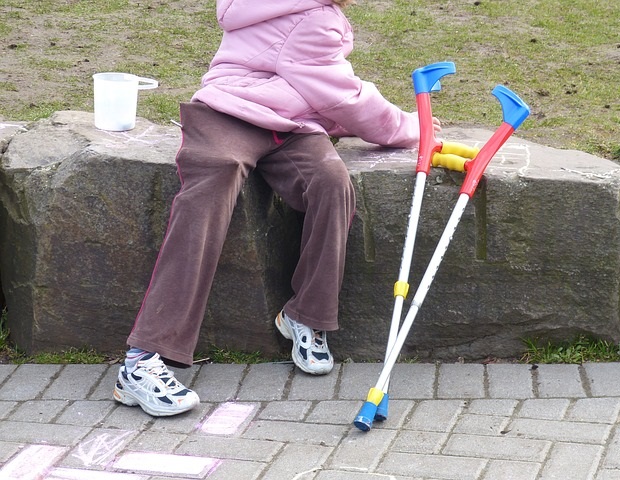
Researchers identify four distinct profiles of Nonverbal Learning Disability
A study published in JAMA Network Open identifies four distinct profiles of Nonverbal Learning Disability (NVLD), providing evidence that may help refine diagnostic criteria and guide more individualized approaches to care for…
Continue Reading
-
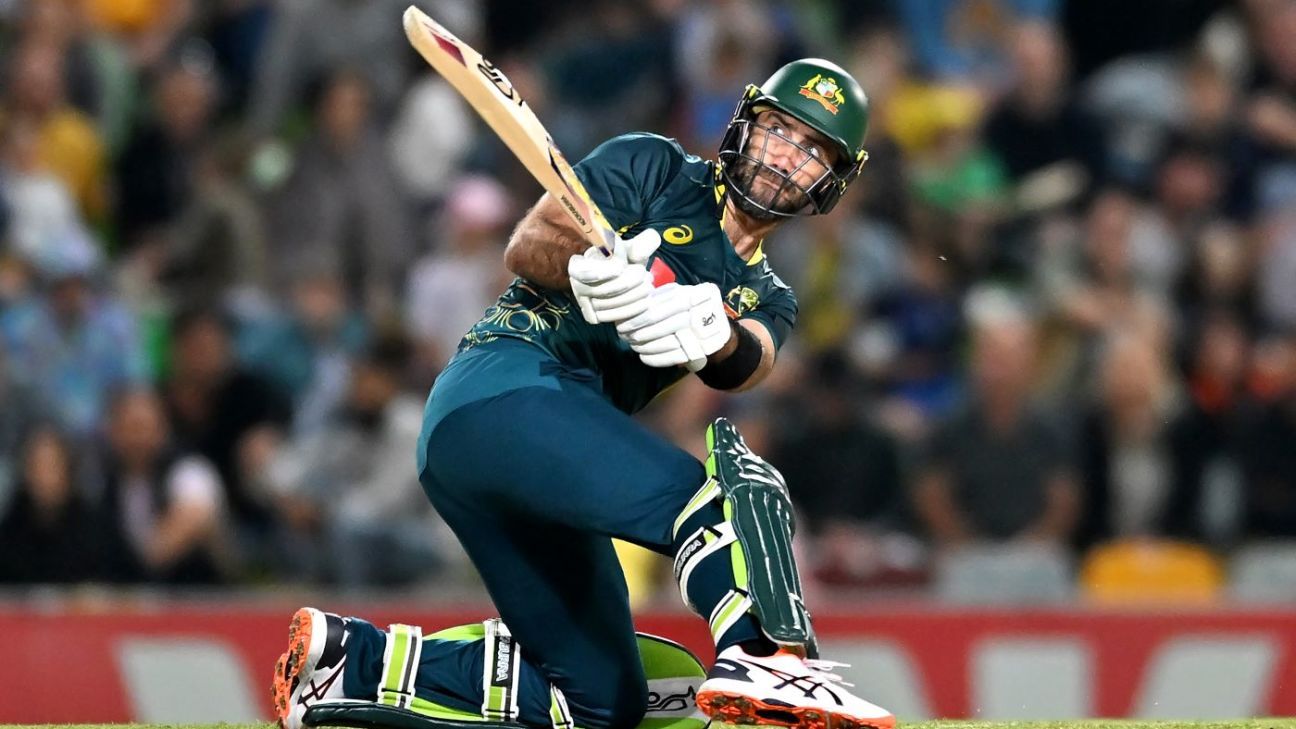
Maxwell hopes to be fit for back-end of T20I series against India
Glenn Maxwell is optimistic he can still play a part in Australia’s upcoming T20I series against India despite having surgery on his fractured right wrist last week.
Maxwell suffered the fracture when he was hit on the wrist by a powerfully struck…
Continue Reading
-

New drug candidates show promise for restoring myelin in MS
Multiple sclerosis, or MS, is a chronic autoimmune disease affecting more than 2.9 million people worldwide. It occurs when the immune system mistakenly attacks the myelin sheath, the protective insulation around nerve fibers,…
Continue Reading
-

Rizwan, Muazzam to engage Qawwali lovers in US with soulful voice
ISLAMABAD – Rizwan-Muazzam Qawwal, one of the famous Sufi singing groups of Pakistan, will be in the United Sates where nephews of the legendry Nusrat Fateh Ali Khan will engage Qawwali lovers with their soulful voice, organisers announced,…
Continue Reading
-
Warner Music in talks with Netflix for films based on its artists, Bloomberg News reports – Reuters
- Warner Music in talks with Netflix for films based on its artists, Bloomberg News reports Reuters
- Warner Music in talks with Netflix for films based on its artists, Bloomberg News reports By Reuters Investing.com
- Warner Music in talks with…
Continue Reading
-
What records can Djokovic extend in Shanghai? – ATP Tour
- What records can Djokovic extend in Shanghai? ATP Tour
- Djokovic advances, Shelton loses in Shanghai ESPN
- Novak Djokovic: Can 24-time Grand Slam champion challenge Carlos Alcaraz and Jannik Sinner in remaining tournaments? Sky Sports
- Djokovic’s…
Continue Reading
